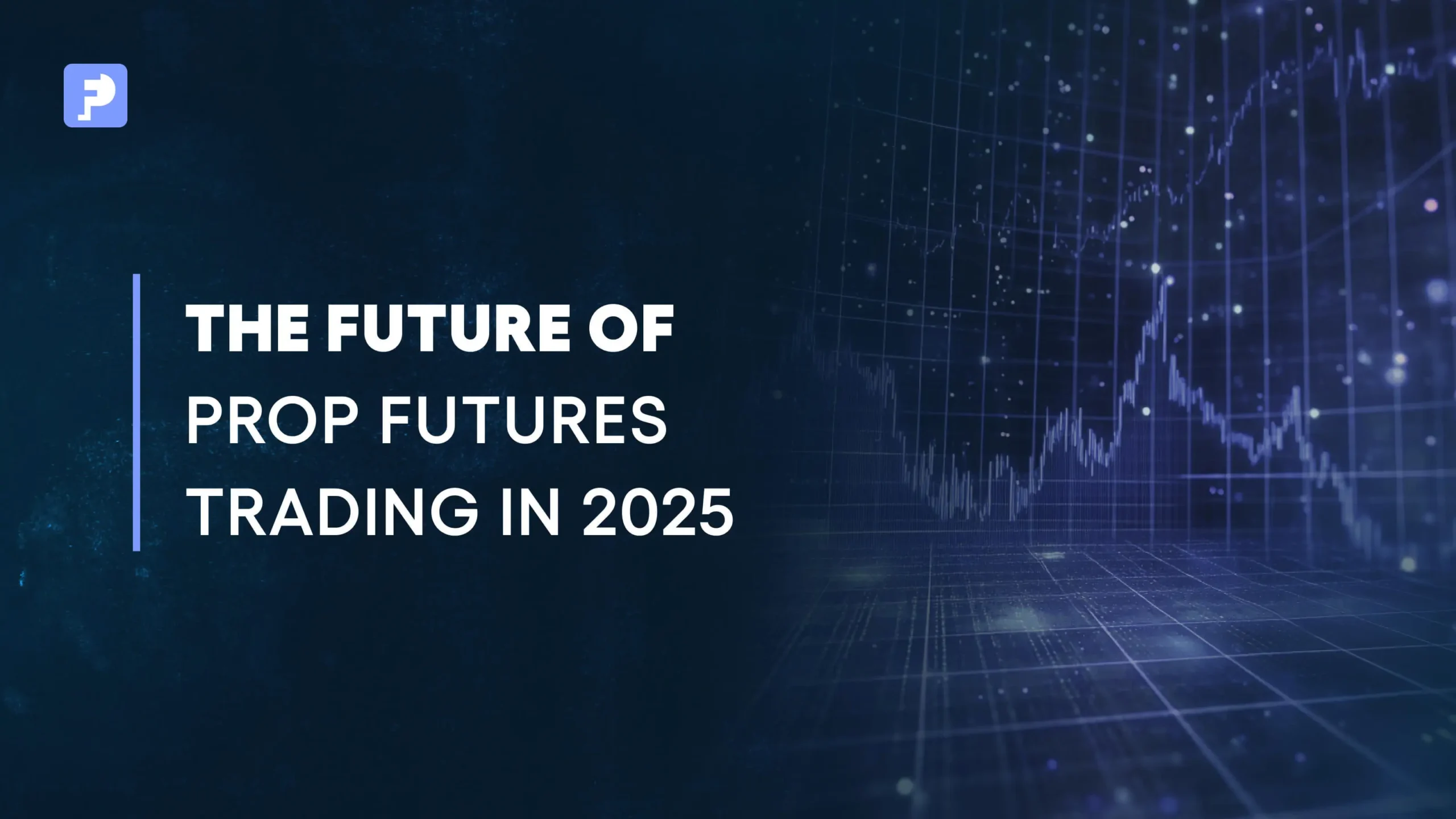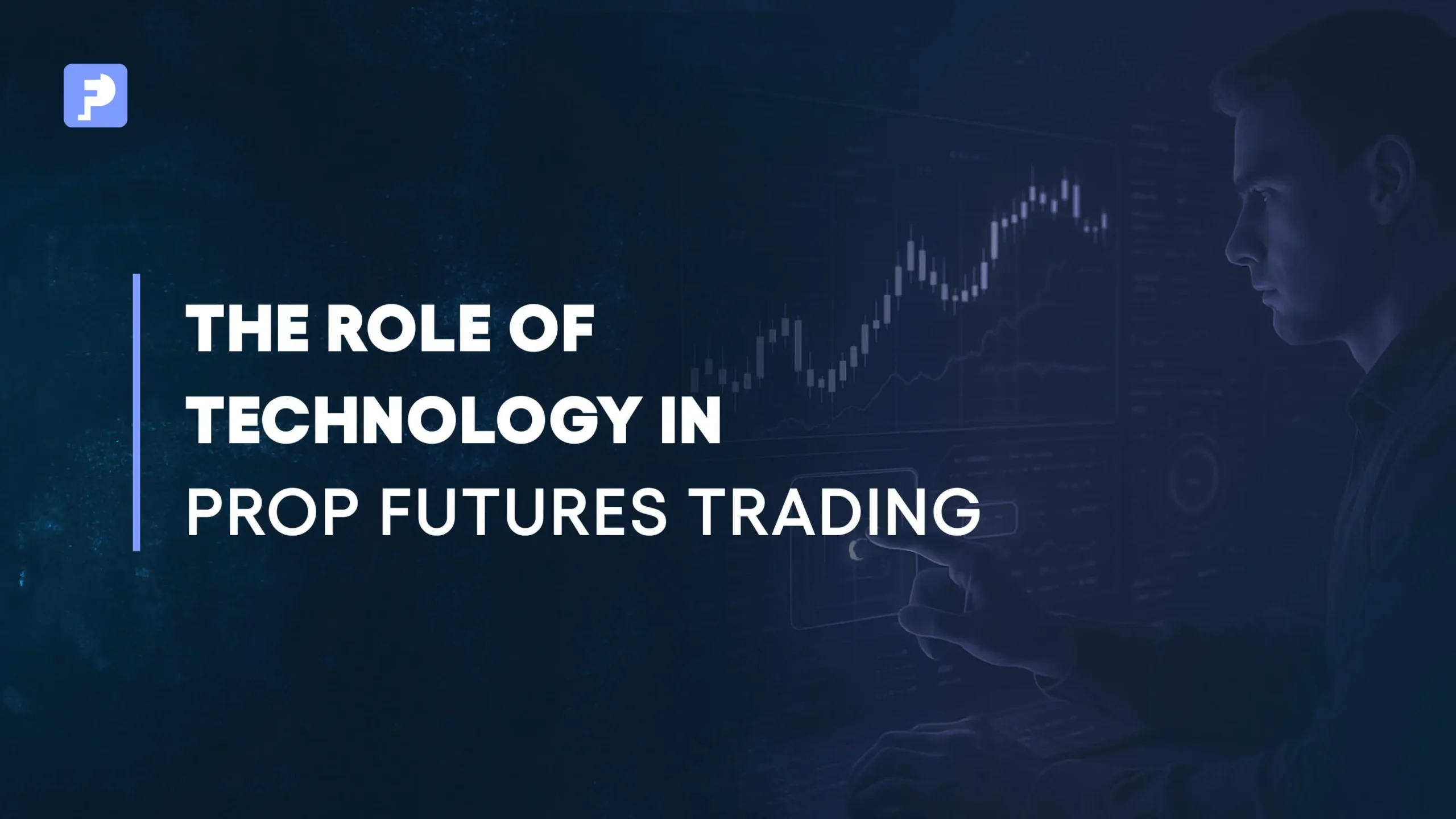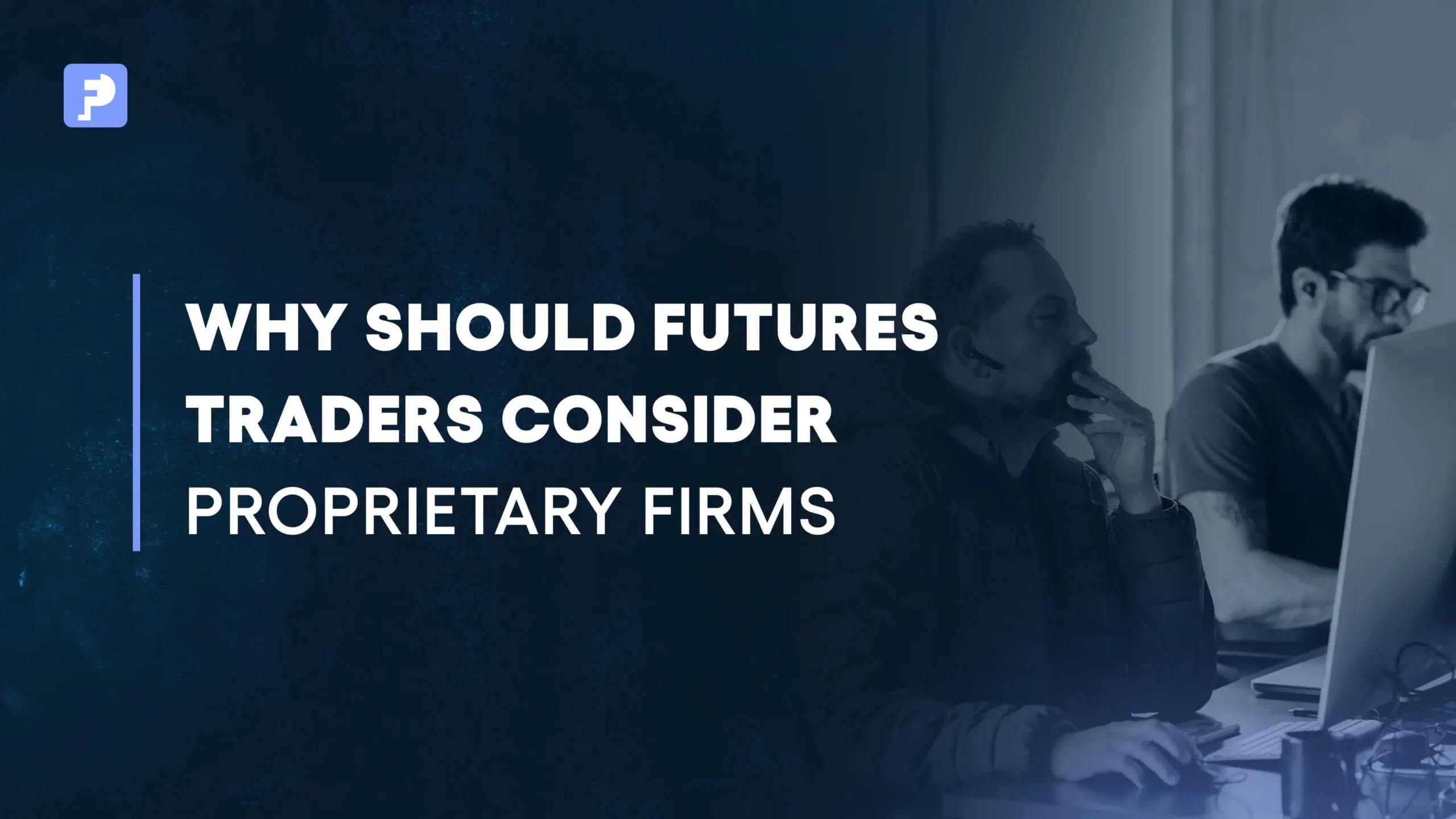
The Future of Prop Futures Trading: Trends and Opportunities for 2025
Prop futures trading is entering a new era. What once was a niche opportunity for disciplined speculators has now become a global path to capital access for serious traders. In 2025, changes in technology, market structure, trader psychology, and firm expectations are reshaping what it means to be a funded futures trader.
If you’re considering a career in prop trading or already managing a funded account, understanding where the industry is heading will give you an edge. In this article, we’ll explore the most important trends shaping the future of funded futures trading and how to position yourself for long-term success.
To make sure you’re choosing the right partner in this evolving space, revisit our guide on Choosing the Right Prop Trading Firm for Futures Trading.
Rise of Institutional-Level Risk Controls for Retail Traders
In 2025, more prop firms are adopting risk models that mirror institutional trading desks. Gone are the days when loose risk rules and inflated promises dominated the market. Today’s firms offer clear, transparent limits that help traders survive long enough to grow.
This is a win for serious traders. With prop firms now emphasizing sustainable risk control, funded traders are being trained to operate like professionals. Expect to see continued growth in tools like daily drawdown buffers, account trailing metrics, and mandatory stop loss enforcement.
AI and Automation in Trade Reviews
One of the fastest-growing trends in prop trading is the use of AI and analytics tools to assess trader performance. Prop firms in 2025 are integrating automated trade review systems that monitor execution quality, rule adherence, and behavioral patterns.
This shift creates both a challenge and an opportunity. Traders are no longer judged only by profit. They’re evaluated on how consistently they manage risk, how well they stick to strategy, and how emotionally disciplined they are.
If your performance shows signs of emotional overreach, like revenge trading or size creep, automated tools will spot it quickly. That’s why mastering the mental side of trading is now more important than ever.
Greater Access to Global Futures Markets
Prop firms are expanding access to futures contracts beyond the most traded products. While E-mini indices like ES and NQ remain popular, funded traders are increasingly exploring markets like crude oil, agricultural commodities, Eurodollar futures, and interest rate derivatives.
CME Group, for instance, continues to expand micro and nano contract offerings, providing new flexibility for traders managing smaller drawdowns or looking to diversify. Explore CME Group’s product calendar to understand where global volume is trending.
As more firms integrate these markets into their platforms, expect demand for multi-asset futures traders to grow.
Pay-Per-Day and Flexible Rewards Models
Traditional profit split models are being rethought. In 2025, top-tier prop firms are experimenting with daily rewards, flexible withdrawal thresholds, and even trader-managed account splits. This means that if you’re consistent, you can access capital faster than ever before.
This is a major change from older prop models that delayed rewards for weeks or locked traders into long milestones. The new standard rewards consistent profitability and risk adherence over flashy one-time wins.
This shift also places even more importance on not making avoidable mistakes. To avoid jeopardizing your access to these new benefits, revisit Common Mistakes Traders Make in Funded Futures Accounts and ensure your habits are aligned.
Shift Toward Education-First Funding Models
Prop firms are no longer just funding platforms. The best are evolving into full trading ecosystems, combining capital access with structured education, analytics support, and peer community engagement.
Expect to see more firms offering trader dashboards that track behavioral metrics, offer journaling tools, and suggest tailored improvement plans based on performance patterns.
At the same time, traders are beginning to choose firms not only by reward terms but also by how much support and feedback they provide. That means your growth in 2025 will depend not just on your entries and exits but on your willingness to reflect, adapt, and apply feedback.
Increased Regulatory Awareness
While most prop trading accounts operate in simulated or evaluation-based environments, 2025 is bringing greater regulatory scrutiny to the space. Firms offering real capital trading will need to clearly differentiate between demo-based and live-funded operations, especially when using real market execution.
Traders should pay close attention to the legal structure of the firm they choose, especially in jurisdictions like the United States, Europe, or South Africa. While most firms remain unregulated by design, transparency is becoming a competitive advantage.
For a reliable overview of futures market regulations, visit the CFTC website or ESMA for Europe-focused updates.
Community-Driven Growth and Leaderboards
Finally, the community aspect of trading is growing fast. In 2025, leaderboards, Discord groups, and peer-reviewed journals are becoming standard features across prop firms. These aren’t just marketing tools; they offer a space to compare strategies, track progress, and build accountability.
Some platforms now even offer copy trading of funded traders, mentorship incentives, and group funding milestones. This peer-driven model makes trading less isolated and adds a layer of gamified motivation.
That said, with public visibility comes greater pressure to remain consistent. Emotional discipline, clear journaling, and thoughtful risk planning are what will separate top traders from the rest in this new environment.
Final Thoughts
The future of prop futures trading is being shaped by a few clear forces: technology, transparency, trader accountability, and structured growth. For traders, this is the best time to get involved if you’re willing to trade with purpose and build long-term habits.
Whether you’re just starting out or scaling a funded account, you need to stay sharp and adapt to these evolving standards.
Remember: in 2025, trading success will not come from single lucky trades. It will come from consistent performance, rule adherence, risk mastery, and emotional control. Those who can combine all four will thrive in this next phase of the futures prop trading industry.



